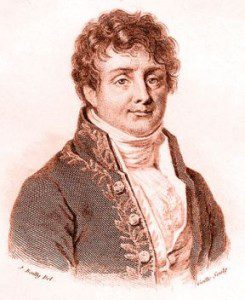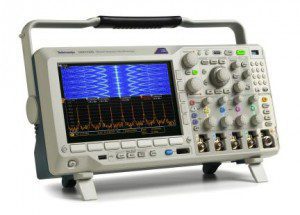By David Herres
Joseph Fourier (1768-1830), in his principal work, “On the Propagation of Heat in Solid Bodies” (1807), laid the groundwork for what is now known as the Fourier Transform. In years to follow it was modified by others to make it more generally applicable. Today the basic insight is central to our understanding of a broad range of physical phenomena.

As originally propounded, the Fourier Transform did not specifically address electrical waveforms. It predated all meaningful use of electrical energy – ac distribution, lighting, use of the electrical motor in industry, the telephone and even telegraph.
Simply stated, the Fourier transform, a term used to denote both the mathematical process and the end result, is a procedure for translating signals from the time domain to the frequency domain. It is reversible, able to make this change in either direction.
As first conceived, the Fourier Transform was applicable to a broad range of physical, non-electrical phenomena such as ocean waves, acoustical energy, financial market fluctuations – in short everything that moves in our world. For electrical engineers, possibly the most common application of Fourier transforms is in analyzing electrical waveforms as viewed on oscilloscopes.
The two domains that are central in this way of viewing matters are the time domain and the frequency domain. Domain is a term taken from calculus. It is a container, if you will, for independent variables. The range, in contrast, is populated by dependent variables. On an oscilloscope view of electrical signals, the dependent variable is typically the amplitude. In this sort of graphical representation, both in an oscilloscope display and in the mathematician’s notebook, the domain is shown on the X, or horizontal axis, while amplitude is shown on the Y, or vertical axis. The domain may be time or frequency, and the Fourier Transform enables us to move freely from one to the other.

The Fourier Transform, then, is a mathematical operation that takes the time function and rewrites it as the sum of simple sinusoids. If the original time-domain waveform is complex, the operation entails some extensive calculations. For those of us who are not advanced mathematicians, the equations are daunting. It is fortunate that in viewing electrical waveforms in an oscilloscope, we can move back and forth simply by pushing a button or clicking a mouse at a remote networked terminal. The instrument does it all for us.
In an article to follow, we’ll see how the Fast Fourier Transform (FFT) enables this remarkable functionality and how it can be used to solve design and debugging operations in short order.

Leave a Reply
You must be logged in to post a comment.